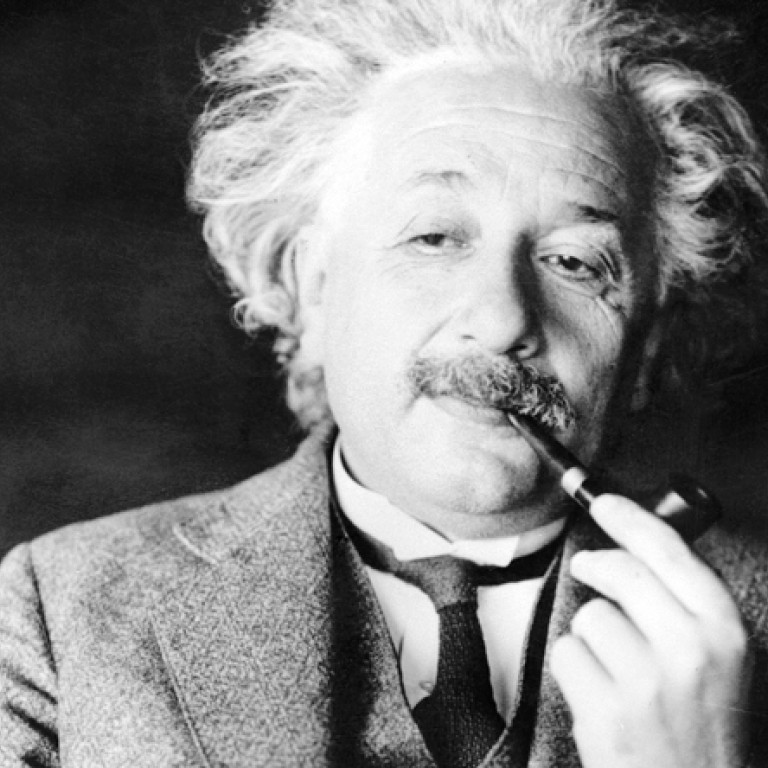
Study reveals secrets of Albert Einstein's brawny brain
Albert Einstein had a colossal corpus callosum. And when it comes to this particular piece of neural real estate, it's pretty clear that size matters.
Albert Einstein had a colossal corpus callosum. And when it comes to this particular piece of neural real estate, it's pretty clear that size matters.
The corpus callosum carries electrical signals between the brain's right hemisphere and its left. Stretching nearly the full length of the brain from behind the forehead to the nape of the neck, the corpus callosum is the dense network of neural fibres that make brain regions with very different functions work together.
According to a letter to the editor published Thursday in the journal , Einstein's corpus callosum at the time of his death was "thicker in the vast majority of subregions" than the corpus collosi of 15 elderly healthy males, and thicker at five key crossings than those of 52 young, healthy males who served as a comparison group.
Chances are, that brawny bundle of white matter cleaving the Swiss physicist's brain from front to back is part of what made his mind so phenomenally creative.
Upon Einstein's death of an aortic aneurysm at age 76, his heirs approved the removal of his brain. A trove of slides were made, documenting minute slices of the theoretical physicist's brain.
While some of those are housed at Princeton University in the United States, where Einstein spent his final years, and at the US National Museum of Health and Medicine in Washington, many have been lost or stolen. Without a full picture of Einstein's brain, the basis of the theoretical physicist's genius eludes scientists.
But photographs of Einstein's postmortem brain unexpectedly came to light recently, giving neuroscientists a glimpse of the genius that lay within. Last November, published a remarkably detailed look at thesurface of Einstein's brain.
The latest analysis is based on several of these photographs, which showed the separated right and left hemispheres of Einstein's postmortem brain. Those revealed the corpus callosum with great resolution and accuracy, and allowed the current analysis.
The authors of the study - physicists from East China Normal University in Shanghai and Florida State University anthropologist Dean Falk - were particularly impressed by the relative brawn of Einstein's corpuscallosum.
Earlier studies of Einstein's brain have found some regions, notably Einstein's parietal lobes, were just plain bigger than those of normal people. But the authors write: "Our findings suggest that Einstein's extraordinary cognition was related not only to his unique cortical [outer layer of the brain] structure and cytoarchitectonics [composition of his cells], but also involved enhanced communications routes between at least some parts of his two cerebral hemispheres."
